The Spiritual Heart: Bajracharya Bahals and the Essence of Mahavihars
In the world of Vajrayana Buddhism, the Bajracharya Bahal, or Mahavihar, stands as a beacon of spiritual practice and tradition. These great monasteries, known as Mahavihars, are not just religious sites but also architectural marvels. Central to Newar communities in Nepal, these complexes feature a Bahal, a customary courtyard that holds great architectural and cultural value. The term ‘bahal’ itself means ‘courtyard’, emphasizing its importance in Newar architectural design. At the core of these Mahavihars lies the worship of the principal deity, Kwapa Dya, underscoring the spiritual significance of these monasteries.
Beyond the City: Unexplored Spiritual Gems
While the most renowned and well-kept Bahals and Mahavihars are predominantly located within the cities of Kathmandu and Patan, it’s noteworthy that several well-preserved Bahals and Mahavihars also exist outside these major urban areas. These lesser-known Mahavihars, situated beyond the commonly recognized 18 Mahavihars of Kathmandu and the 18 of Patan, offer unique insights into the region’s spiritual and cultural landscape.
Exploring Mahavihars and Bahals Beyond Kathmandu-Patan
Although Kathmandu and Patan are home to many Bahals and Mahavihars, there are also numerous well-maintained sanctuaries concealed in the surrounding areas. These less-frequented locations provide a distinctive opportunity to explore Nepal’s abundant religious traditions and the widespread influence of Newar Buddhism.
Cho Bahal – Kachchhapaal Mahavihar, Kirtipur, Nepal
This Bahal is also known as Chobar Karunamaya Temple, and it is one of the four Karunamaya temples around the Kathmandu Valley. Its serene ambiance and historical significance make it a must-visit for spiritual seekers and history enthusiasts alike.
See in Map
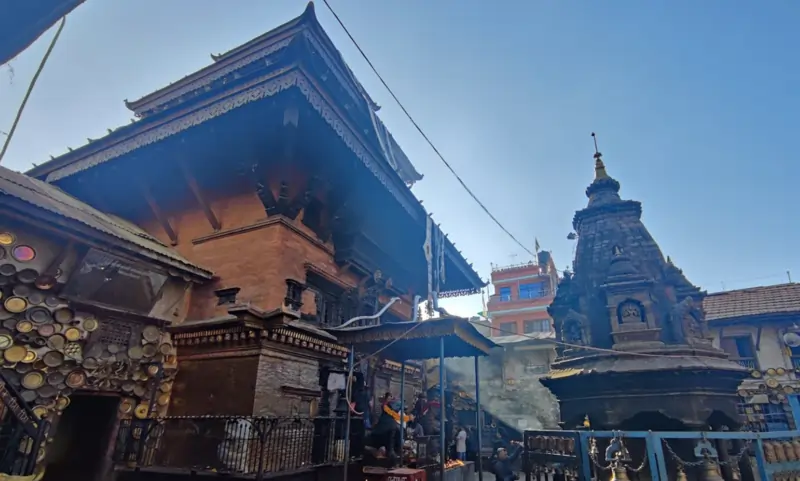
Bunga Bahal – Narendradev Samskarita Amaravatinama Mahavihar, Bungamati, Nepal
Popularly known as the Rato Machhindranath Temple or Bunga Dya in Newari, this site is another one of the four Karunamaya temples. The annual chariot festival dedicated to Lord Machhindranath is a sight to behold.
See in Map
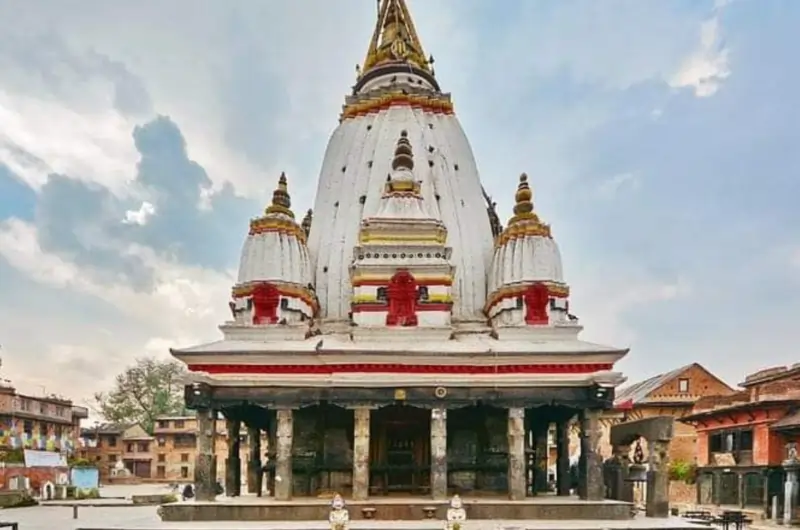
Lokeshwor Bahal – Uttarapantha Mahavihar, Nala, Nepal
Renowned as the Nala Karunamaya Temple, this Mahavihar is dedicated to Lokeshwor Karunamaya. It’s one of the four Karunamaya temples in the region, making it a site of great religious importance.
See in Map
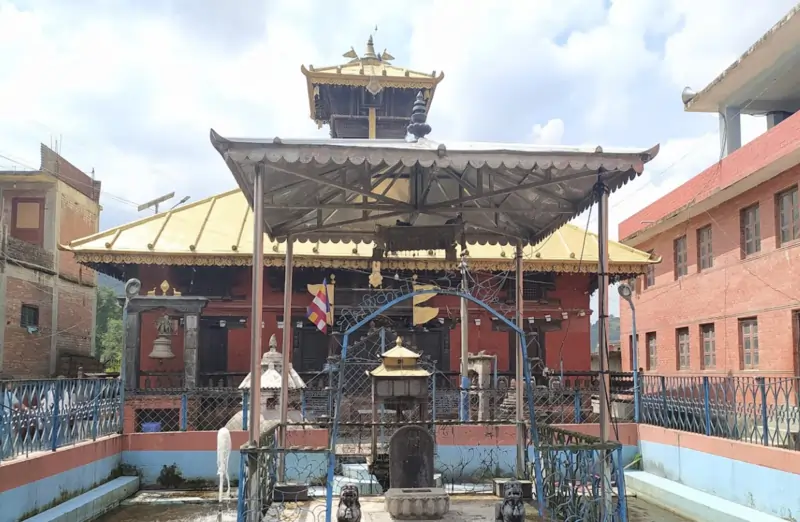
Gam Bahal – Padmagiri Dharmadhatu Mahavihar, Sankhu, Nepal
Also known as the Bajrayogini, or, Vajrayogini, or Khadgayogini temple of Sankhu, this temple is one of the four Vajrayogini temples around the Kathmandu Valley. This temple is believed to have been established by the revered Bajracharya named Bacha Siddhi. The deity Vajrayogini is a female tantric figure in Vajrayana Buddhism.
See in Map

Phami Bahal – Gaganaksara Mahavihar, Pharping, Nepal
Also referred to as the Pharping Vajrayogini Temple, this Bahal is one of the four Vajrayogini temples around Kathmandu Valley. It holds a special place in the hearts of Vajrayana Buddhists due to its connection with the revered deity Vajrayogini.
See in Map
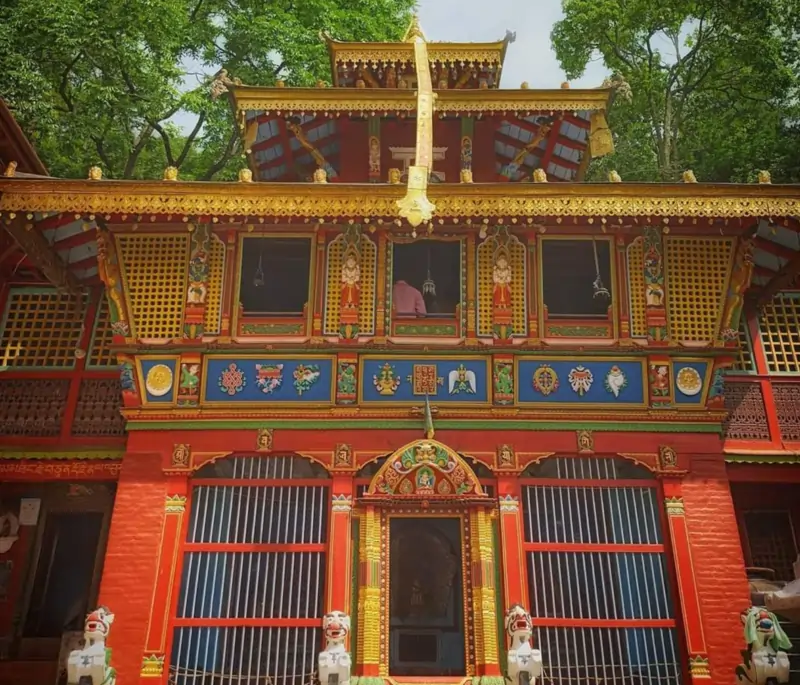
Bijyasa Bahi – Bijeshwori Mahavihar, Kathmandu, Nepal
Also known as Bijeshwori Temple, or Besa Dya (बेस: द्य:) in Newari, is a sanctuary dedicated to Vajrayogini, the sacred deity of Vajrayana Buddhism. It is one of the four popular Vajrayogini temples, offering a spiritual haven for devotees.
See in Map
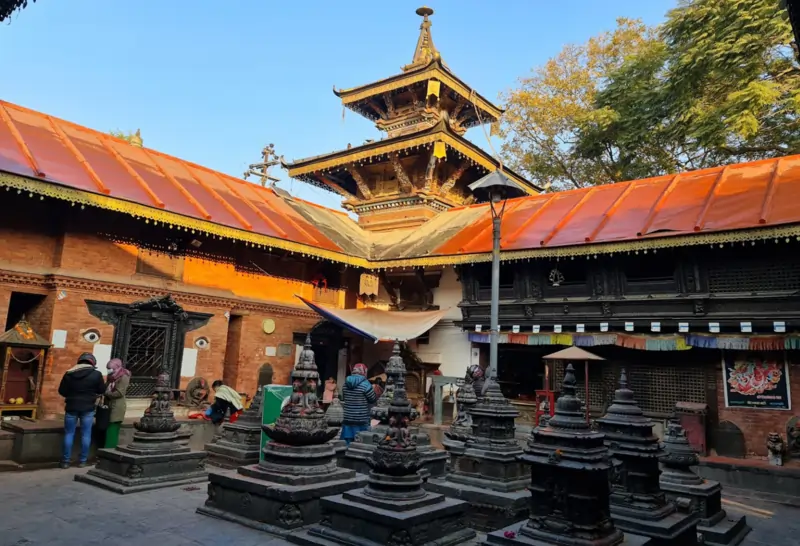
Nhu Bahal – Paravarta Mahavihar, Banepa, Nepal
A significant spiritual site in Banepa, this Mahavihar adds to the rich tapestry of Bahals outside the Kathmandu Valley.
See in Map
Nhu Bahal – Kasivarna Mahavihar, Panauti, Nepal
This Mahavihar in Panauti stands as a testament to the rich cultural and religious heritage that thrives beyond the well-trodden paths of Kathmandu.
See in Map
Conclusion: Celebrating the Unseen Wonders
The Bahals and Mahavihars outside Kathmandu Valley are not just architectural and cultural landmarks; they are living embodiments of Nepal’s rich spiritual heritage. These lesser-known sites offer a unique glimpse into the religious and cultural practices that have shaped Nepalese society for centuries. By exploring these hidden gems, we gain a deeper understanding and appreciation of the spiritual and architectural richness that lies beyond the well-known confines of Kathmandu.
Reference
- Buddhist Monasteries of Nepal, John K. Locke, 1985
- Rato Matsyendranath of Patan and Bungamati, John K. Locke, 1973
- The Iconography of Nepalese Buddhism, Min Bahadur Shakya, 1994

